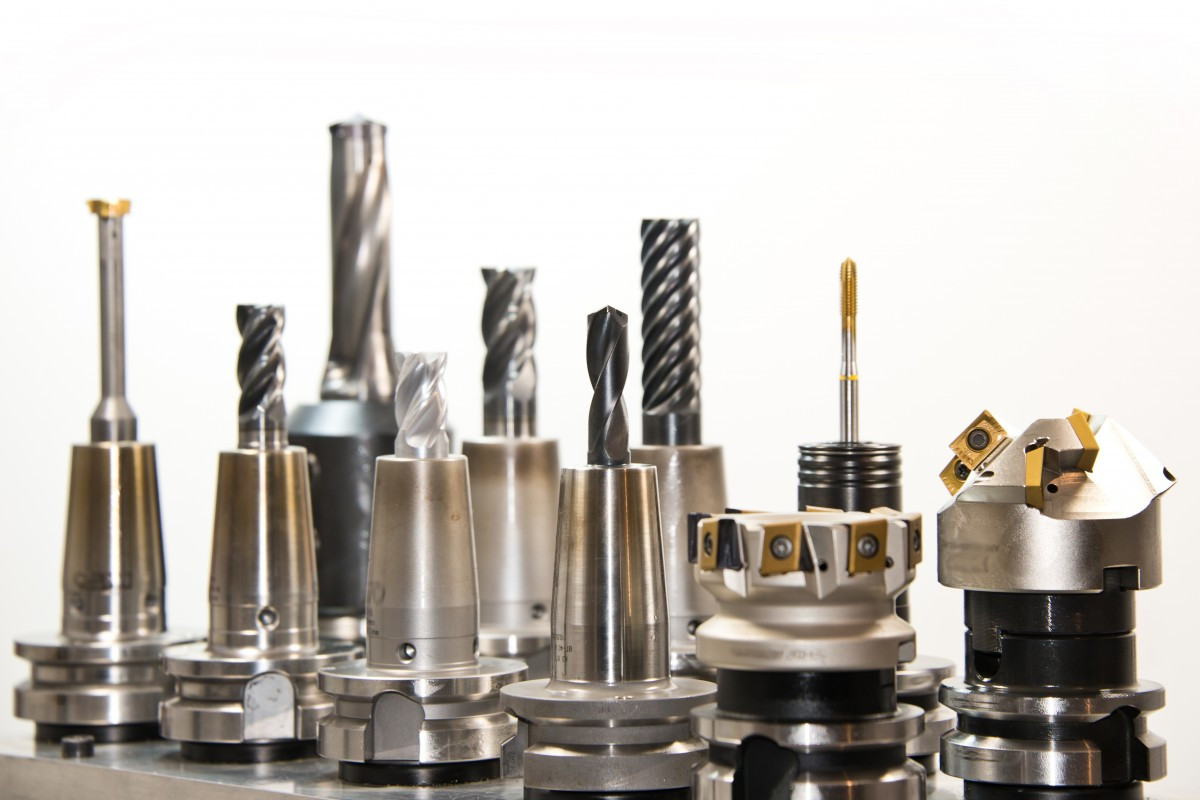Everything You Need To Build An 80% Lower Receiver
Once you have your 80% lower receiver and jig, there are some extra items you will need to round-up to make sure you have a successful build.
One of the most modified parts is the lower receiver and there is a whole sub-market of 80% receivers, ready for you to finish. “Unfinished receivers”, also called “80 percent receivers” or “blanks”, are partially completed receivers with no serial numbers. Purchasers must perform their own finishing work in order to make the receiver usable, and that generally needs a number of precision tools to be able to complete them. Some tools are obvious, some less so, but luckily the 80% lower has been designed so that modifications can be carried out with a series of hand tools rather than needing a fully-furnished mini-engineering shop, so these are pretty easy to construct with just a handful of fairly basic tooling.
Porter Cable Handheld Laminate Router

Many craftsmen recommend a drill press to include a high degree of accuracy when routing, but in reality a simple handheld router such as Porter Cable Handheld Laminate Router is ideal for this kind of work. Featuring a 1.25HP soft-start motor and electronic feedback to maintain motor speed through each cut, the Porter is capable of 1/64” incremental adjustments for high precision routing. However, you are going to need a drill to work some of the features on the receiver and a drill press is ideal, though not essential as if you can ensure that your receiver is both flat and stable, then it is a bit of an unnecessary expense.
Corded Drill
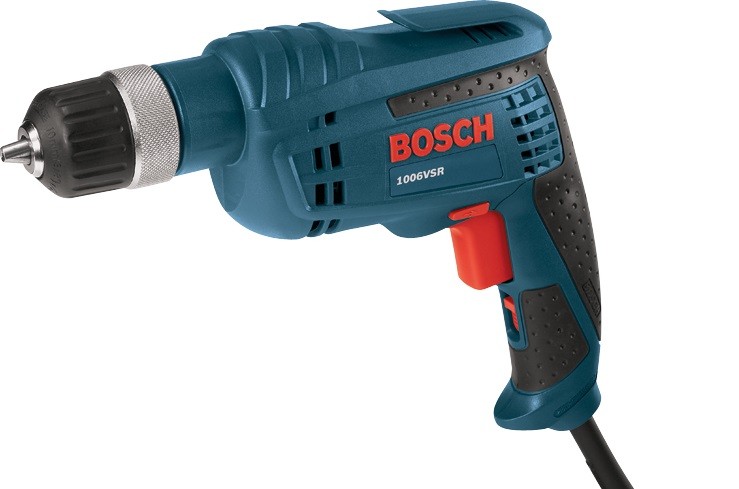
You will need a drill but since most jigs’ guide plates use reinforced fittings and self-aligning guide holes, you can usually get away with a good standard corded drill and a straight eye. Cordless drills exert different torque ratings and speeds as their batteries discharge, especially when drilling through metal and this could result in rough or poorly drilled holes in your 80 lower, so corded drills with their constant torque characteristics are definitely the way to go. The DeWalt 1/2″ Keyed VSR Mid Handle Drill has a powerful 10 Amp motor with overload protection to drill at 0-1250 rpm in forward or reverse is ideal for this kind of work.
Quality Drill Bits
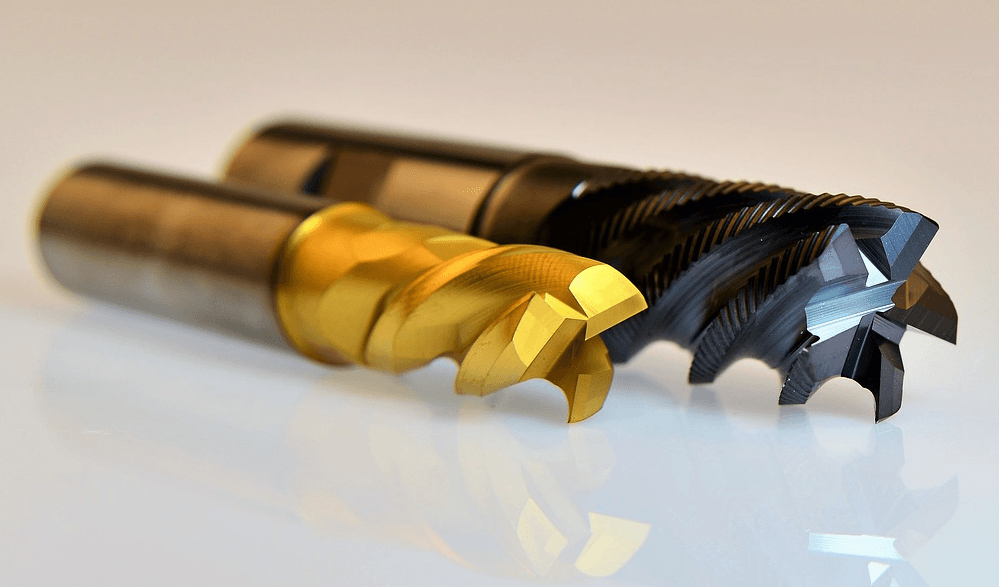
Using both of these tools will require some quality drill and mill bits to do the best work. While Lowers are typically aluminum, it is usually best to replace a bit every three jobs at the vert least just to ensure that they remain sharp and don’t start to wander in holes. Replacement bits are cheap compared to potentially making a mess of your receiver, so keep a good stock. The bit sizes that you will need are:
– 3/8″ HSS Drill Bit
– 5/32″ HSS Drill Bit
– 1/8″ HSS Drill Bit
– 1/4″ 3-Flute Carbide End Mill
Bench Vice
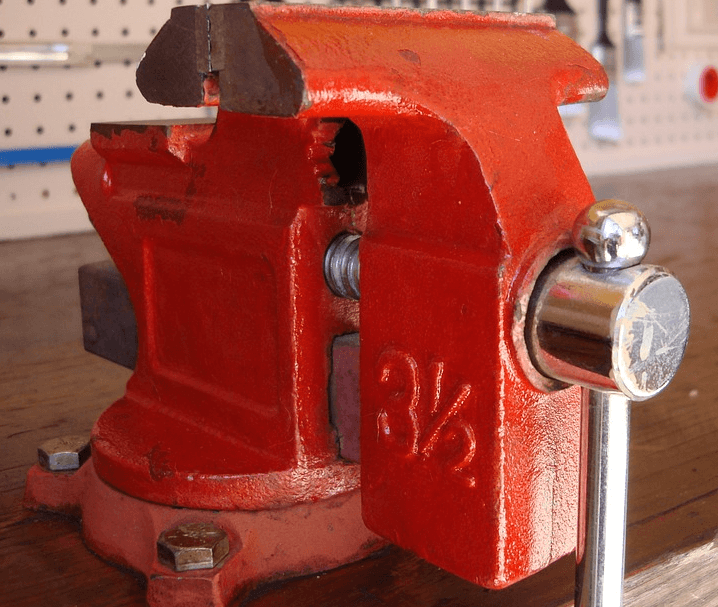
Of course, you are still going to have to keep thing locked in position and this necessitates a bench vice at the very least but you don’t need to spend a fortune to get a quality product. Make sure that your vice has a sturdy cast iron base with integral fixing points so that it can be bolted to bench for extra stability if required. This jig, used with a good strong drill like the DeWalt, will give you smooth, precision holes every time.
Roll Pin Punches
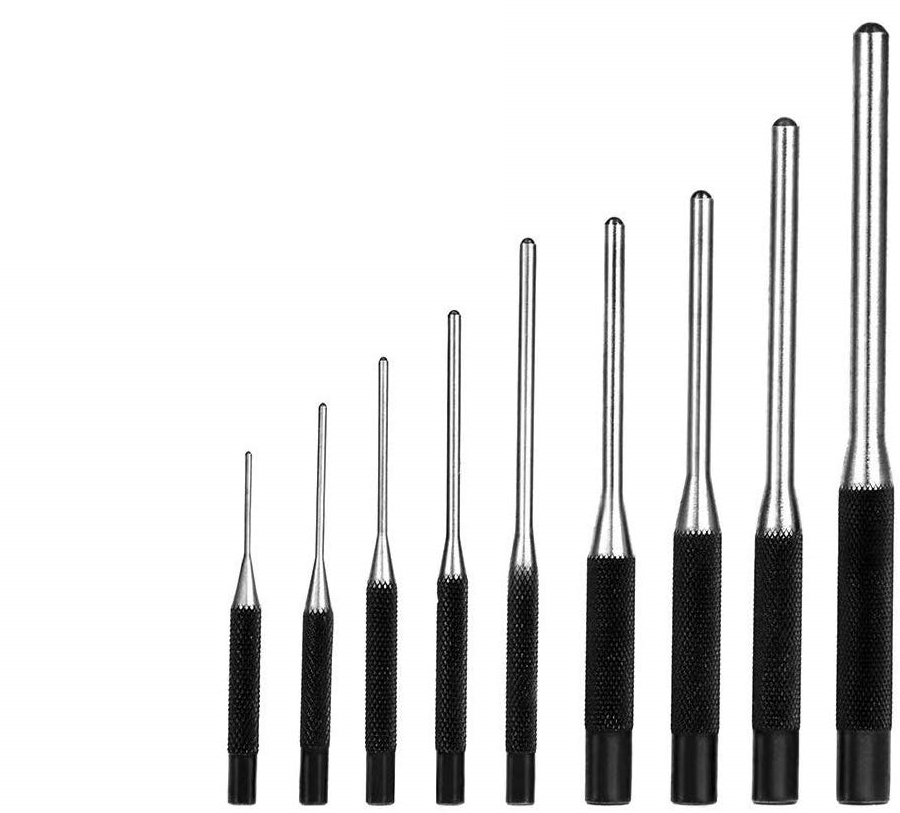
Once you have used these three tools to complete your lower to its drilled and finished state, you are going to have to insert locking features. In premium examples, these are typically threaded pins, but the lower cost models – which perform just as well – usually use roll pins. Seating these requires the use of precision roll-pin punches to ensure that they seat squarely and parallel to the rest of the receiver. It’s pretty easy to find sets of roll-pin punches that have been designed specifically to be used with AR 80% receivers, and it’s a good idea too.
Gunsmith’s Hammer

Using precision punches will also require a good gunsmith hammer to correctly seat the pins and ensure that they go in straight and true. Typically made of brass, these hammers allow a degree of control that a larger mallet won’t give. A brass-headed hammer will have a head of about three ounces which, in combines with a good 9 1/8” handle gives sufficient force to precisely locate roll pins into your receiver.
Armorer’s Wrench

Once you have installed parts into your lower, you will most definitely need an Armorers wrench to be able to install parts like your upper’s barrel nut, and you’ll also need the wrench to install your buffer tube’s castle nut. Invest in a good Armorer’s wrench and you will have a tool that will be invaluable when building your AR.
Now Start Building Your AR!
We know how much AR15 owner like to rejig their weapons and, luckily, the AR is the perfect gun to be able to do it with. The AR’s design and construction lends itself to a host of modifications and with many aftermarket parts kits available, you can build the AR that suits you with ease.

